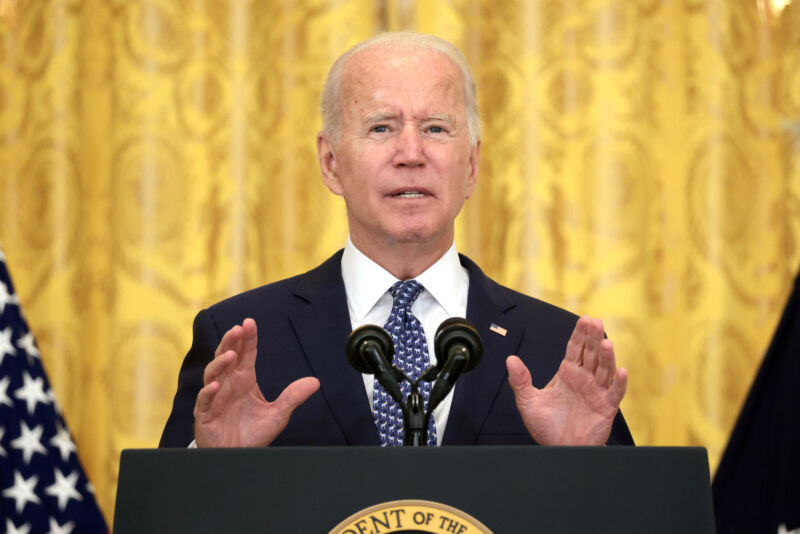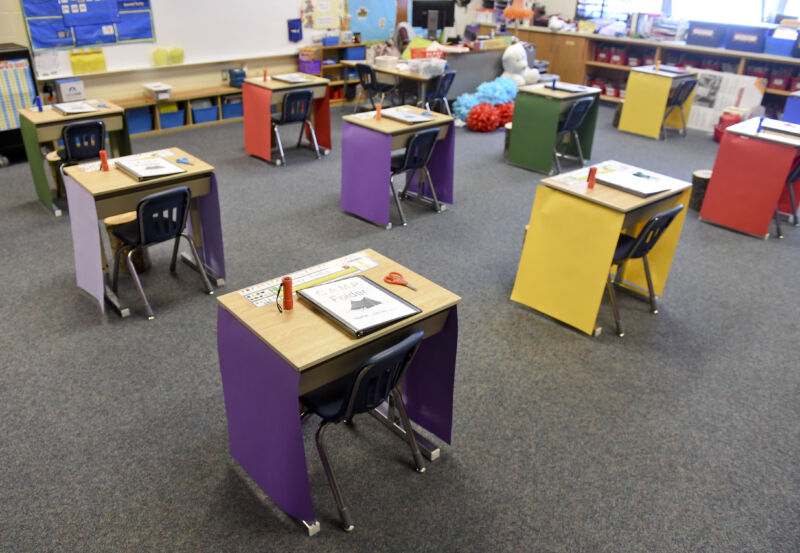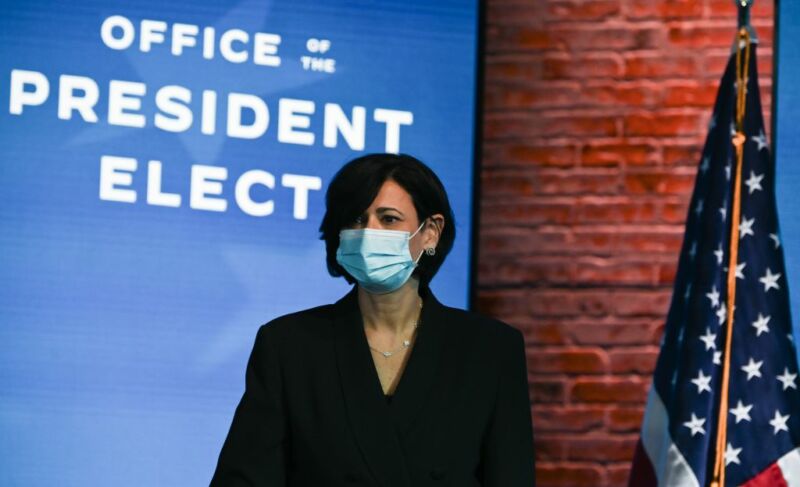Were your teen years exhausting? School schedules may be why

If you went to high school in the US, you may recall early morning extracurriculars, sleeping through first period algebra, or bleary-eyed late-night study sessions (as opposed to other wide-awake “study sessions” we told our parents we were having). As an adult, you might wonder if there’s a better time to explore Shakespeare than at 8 am, or expand a Taylor series right after you collapsed into your chair, half-asleep from your sunrise bus ride.
As it turns out, early school start times for US high schools are built on a shaky scientific foundation, as journalist and parent Lisa Lewis lays out in her new book, The Sleep-Deprived Teen. She details why high schools in the US tend to start early, the science behind why that’s bad for kids, and how later school start times can benefit not only teenagers, but, well… everyone. Perhaps most importantly, she provides a primer on advocating for change in your community.
The wheels on the bus go round and round
Our early start times are a bit of a historical accident. In the first half of the 20th century, schools tended to be small and local—most students could walk. Lewis points out that in 1950, there were still 60,000 one-room schoolhouses around the country. By 1960, that number had dwindled to around 20,000.
According to Lewis, that trend accelerated as authorities in the US feared that education—especially in science and math—lagged behind that of its arch nemesis, the Soviet Union. She describes how a 1959 report written by James Bryant Conant, a chemist and retired Harvard University president, recommended that high schools have graduating class sizes of at least 100—a far cry from small local schoolhouses. School consolidation, which had already begun, hastened. Neighborhood schools continued to close. And the yellow school bus was locked into a trajectory toward its current iconic status.
To minimize costs associated with busing, Lewis describes how many districts staggered school start times so they could use the same buses for transporting elementary, middle, and high school students. At the time, there was a societal consensus that teenagers needed less sleep than youngsters, so high schools got the earliest slots.
And the science says…
In the 1950s and 1960s, scientists had yet to delve into teen sleep. But that began to change in the 1970s, beginning with the Stanford Summer Sleep Camp experiment led by then-doctoral student Mary Carskadon, now a professor of psychiatry and human behavior at Brown University. Lewis takes readers through highlights of the multi-year study, in which scientists tracked sleeping patterns and metrics ranging from brain wave monitoring to cognitive tests in the same children over 10 years, from 1976 to 1985.
Surprising results came from this first look at teen sleep. For example, adolescents needed the same or even more sleep than younger children. On average, all children in the study, regardless of age, slept 9.25 hours per night. Subsequent studies have shown that the ideal amount of sleep for teens lies between 8 and 10 hours per night. Yet Lewis reports that by 2019, a mere 22 percent of high school students reported regularly getting at least eight hours of shut-eye, according to the CDC.
Another key finding from the Stanford Summer Sleep Camp experiment was that older kids had bursts of energy later in the day. Subsequent studies showed that as kids hit puberty, their brains delay the release of melatonin—the hormone that makes us sleepy. For teens, melatonin rises later at night and falls later in the morning, shifting their circadian rhythms. High schoolers’ propensity to stay up late and sleep the morning away isn’t necessarily laziness or defiance—it’s biological.
Yet here we are, decades later, with average school start times in 2017 beginning at 8 am and 40 percent of schools starting even earlier. This is a dramatic change from a century ago when high schools in the eestern US began at 9 am, notes Lewis.
Why haven’t schools adjusted to this influx of new information? Well, some schools have. Lewis threads several examples throughout the book, showcasing schools that reaped positive effects aplenty, even in the age of smartphones and social media.
Lewis describes one study, published in 2018, in which students slept an additional 34 minutes each school night when their Seattle district shifted start time to 8:45 am That might not seem like much, but many students and families provided positive feedback, as did the teachers, with one describing the morning ambiance as “upbeat”—an adjective many of us might find unfathomable for first period.
https://arstechnica.com/?p=1884031








